Pride & Stability, Part 1: About That 'Microburst' Theory of Sinking...
Disaster Did Not Require Extreme Winds To Happen, Naval Architect Roger Long Says

Part 1: Back in 2012, after Roger Long retired and sold his naval architecture business, he went cruising on a sloop named Strider. He also took the time to record the never-before-told story about the science behind the May 14, 1986 sinking of Pride of Baltimore.1 His account, originally posted in the WoodenBoat forum, is being reprinted by Loose Cannon in a series of eight stories. The issues raised here are particularly timely given the recent sinking of the cargo schooner De Gallant, now under investigation by French maritime authorities.
By ROGER LONG, N.A.
I have decided to finally tell the story of my involvement with the Pride of Baltimore and the aftermath of her capsizing.
I first want to make one thing clear to avoid conclusion jumping that has sometimes resulted from statements I’ve made about the affair in the past: I take no issue with the design of the vessel. I think Thomas Gillmer fulfilled his design brief brilliantly. I am not aware of any error or omission that, if corrected, would have led to her hull shape, sail plan, or arrangement being the least bit different than it was on that day when her keel first touched the water.
This is not, therefore, a smoking gun story. It does however fill in a part of the story that is important to understanding the dynamics of how decisions were made about the operation of the vessel.
I’ve told the story to three different authors of books about the ship but none seemed to be able to get a handle on it. Perhaps they felt it wasn’t important to understanding the events. You will now be able to make up your own mind about that.
The evaluation of a vessel’s stability and other characteristics effecting seaworthiness is an important part of the design process in order to insure that the client gets a vessel that meets their needs. The desired characteristics will vary depending on mission. There’s a big difference between designing a coastal cruiser for fair weather summer sailing and a vessel intended for a circumnavigation.
The comparison of vessel capability with mission requirements doesn’t end with the design. All boat owners do it when they look out at strong winds, high seas and a poor weather forecast and make the decision to set out or remain in port. Institutionally owned or operated vessels do this more formally. Decisions such as sending a vessel on a far ranging trip around the North Atlantic are made by boards and committees. The captains of the vessel usually have a very significant role in this process.
Perhaps the most important lesson that has come out of all the studies and attention given to the subject of large sailing vessel stability in the last half century is the difficulty of evaluating the ability of a vessel to survive extreme wind events. Even the most experienced masters are put at a terrible disadvantage by the physics.
It is possible for a vessel to be so tender and “crank” that she will put her rail in the water and become virtually unmanageable before enough sail can be carried to drive her to windward. That same vessel however, could be virtually immune to being capsized by wind forces. Conversely, a vessel could be enormously fast and powerful sailing to windward and able to carry a great spread of canvas yet vulnerable to sudden capsize if allowed to heel only to a little over 30 degrees.
An experienced master with a good understanding of stability principles could probably discern the difference between these two hypothetical extremes but not the difference in ships of more normal proportions. Even an experienced sailing vessel designer needs the aid of calculations and measurement.
The question of surviving extreme wind events becomes especially difficult when changes are made to a vessel’s stability. For more on this subject, see an earlier story I wrote for my website.2
The responsible operators of an institutional vessel will often have someone in their ship operations committee to provide advice on the vessel’s abilities to guide decision about routing and mission. This is often dispensed with in the case of vessel certificated by the U.S. Coast Guard or similar agency since stability analysis is almost always part of regulated operation.
The Pride of Baltimore was operating as an unregulated vessel without the benefit of mandated stability analysis performed to established standards.
I served in the technical advisory role for many sail training organizations back when I was active in the field. This usually consisted of my simply conducting stability tests and getting the vessel through the process of obtaining U.S. Coast Guard certification. I have had occasion more than once to tell operators of an uninspected vessel, “There is a high probability of your losing this vessel by capsizing or downflooding if you operate it long enough.”
Thomas Gillmer took on this technical advisory role by default as her mission was gradually extended from being a dockside attraction and experiment in “active archeology,” as either her designer or builder was once quoted. He was well qualified for the task having written a standard text book on stability for naval officers and others on the subject of naval architecture used by generations of naval and Coast Guard officer cadets.
Evan Wilson, in his book, Epitaph for a Beautiful Ship, explores the history of the vessel’s operation and makes the case for a defective management culture and decision making leading to the accident as the vessel took on ever more ambitious voyages. The single most important person in this decision making process would have been the technical consultant. The nature and quality of the advice and guidance he gave is an essential part of the story.
I was not privy to the nature of the advice Mr. Gillmer gave to the organization, but I was in a position to evaluate the technical work behind it and have a window into the attitudes that shaped it. That part of the story is essential to a full understanding of the events leading the ship to 23N 67W and has never been fully told.
THE REST OF THE SERIES:
From Wikipedia: On 14 May 1986, a microburst squall, possibly a white squall, struck the Pride while it was returning from the Caribbean, 250 nautical miles (463 km) north of Puerto Rico. Winds of 80 knots (150 km/h; 92 mph) hit the vessel, capsizing and sinking it. Its captain and three crew died; the remaining eight crewmembers floated in a partially inflated life-raft for four days and seven hours with little food or water until the Norwegian tanker Toro came upon them and rescued them.
Commenters on the De Gallant sinking raised the possibility of a microburst like that attributed to the loss of Pride. To which Roger Long replied with words to this effect, “Ships with poor stability are sunk by microbursts.” He was referring to the tendency of owners or surviving captains to blame an act of God, instead of decisions by men.
(You may want to start at the beginning of the Roger Long website: www.cruisingonstrider.us/Stability.htm.
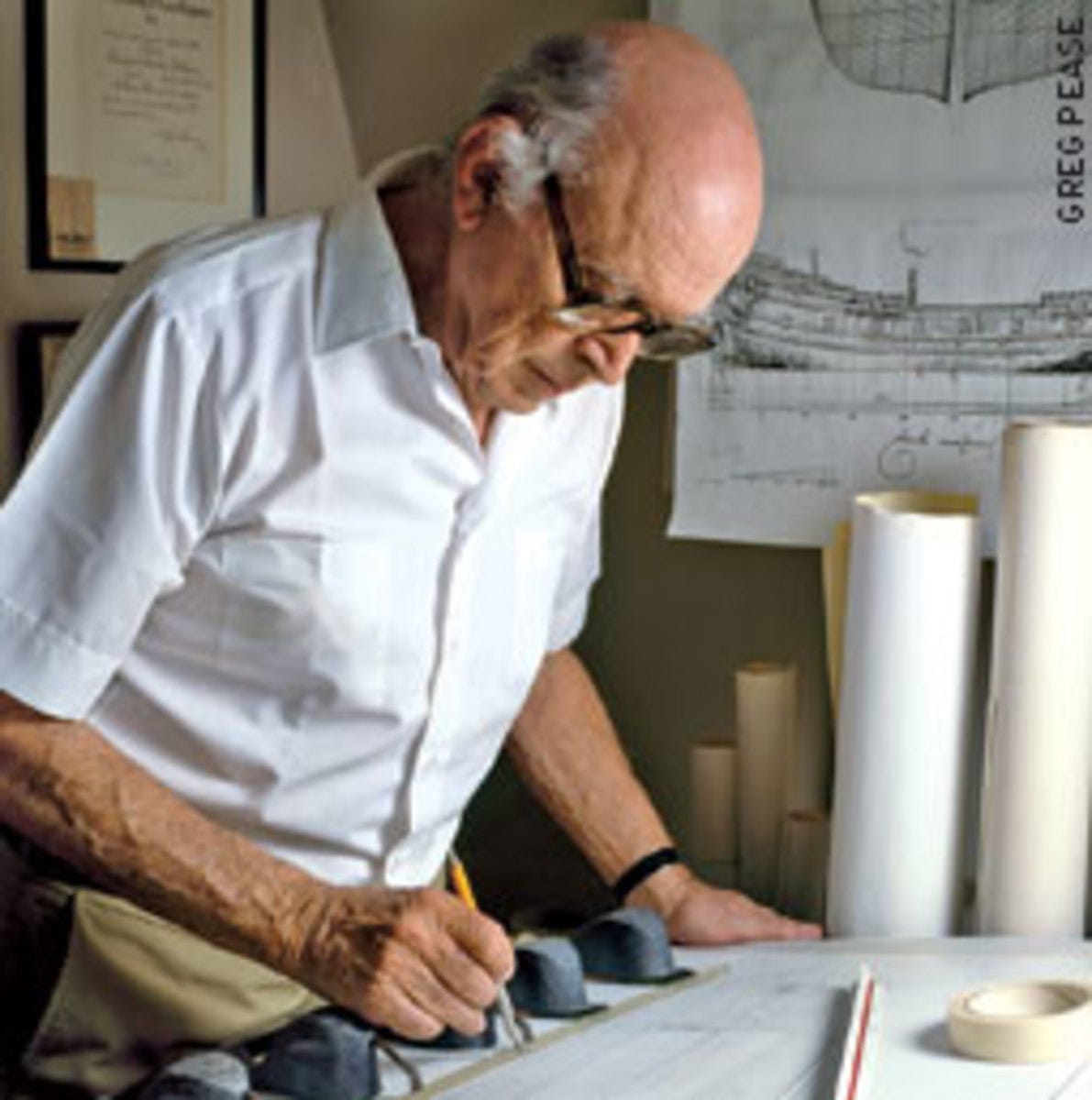
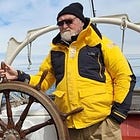
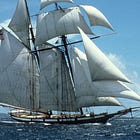
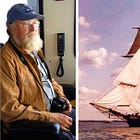

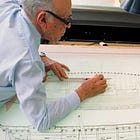
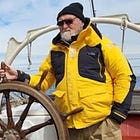
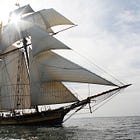
I am interested to read on further. I too was involved in a microburst sinking of our three masted gaff schooner, “Santa Cruz” back on July 23, 1975, between Guadalupe and Antigua. Yes there were design flaws though I completely agree our decisions were the prime factor in the knock down and sinking. It took a while to get back on that horse but I eventually did and put a couple of trans Atlantic voyages under my belt. The unfortunate sinking of De Gallant brought it all back again and my prayers are with all. As I want to go voyaging again, my response to fearful types is the freeways contain just as much danger as the open seas. One must always be vigilant.